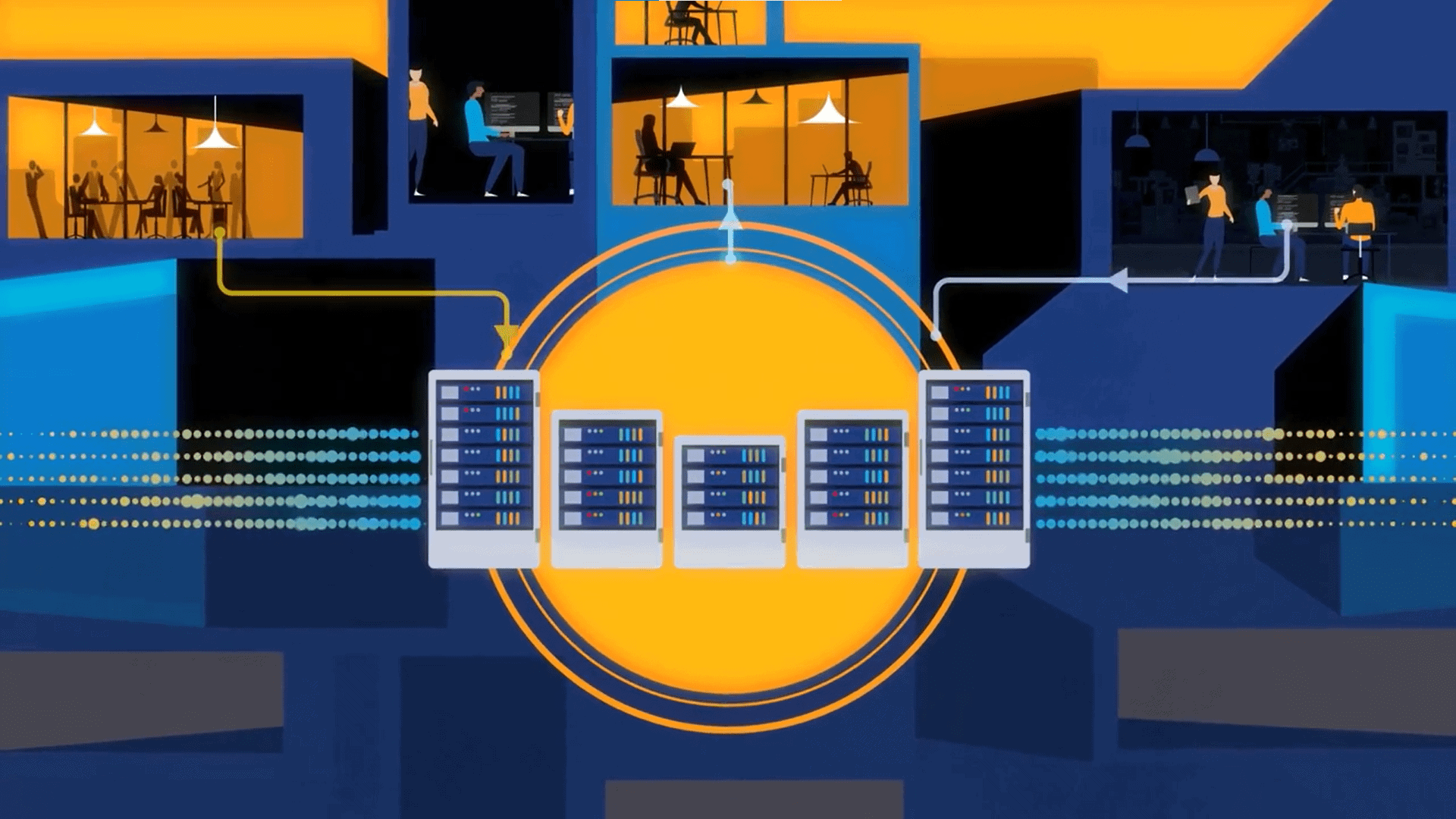
AI projects often fail to scale due to poor data quality and siloed pipelines. Learn how DataOps provides the governance, automation, and real-time capabilities needed to deliver reliable AI at enterprise scale.
Most AI initiatives don’t fail because the algorithms are weak or the models are poorly designed. They fail because the data isn’t ready. Past studies found that 92% of companies cite data silos, poor quality, or governance gaps as the main reason AI struggles to scale. The situation has not changed since that survey. In fact, one might argue that things are worse as AI adoption explodes. In other words, the bottleneck to scaling AI is the plumbing. That’s where DataOps comes in.
By applying automation, continuous integration, and governance to the data pipeline itself, DataOps ensures that AI models are fed with the timely, trustworthy, and complete datasets they need. Without it, scaling AI beyond pilot projects is almost impossible. With it, enterprises can move from experimentation to production with speed and confidence.
See also: Accelerating Business Value through DataOps
Data as the Bottleneck
Enterprise data volumes are exploding, with IDC projecting 180 zettabytes generated globally by 2025, growing at a 32% CAGR. But sheer volume doesn’t translate to readiness. Up to 80% of a data professional’s time is still spent locating, cleansing, and prepping data instead of building models.
When poor-quality or inconsistent data makes its way into production, it undermines model reliability, erodes business trust, and stalls adoption. DataOps addresses this by making the data pipeline agile and automated, as the software pipeline. Instead of brittle, manual processes, organizations gain governed, end-to-end workflows that can scale in step with AI ambitions.
See also: Why Industrial AI Efforts Need DataOps
What DataOps Brings to AI
Borrowing from DevOps, DataOps emphasizes automation, observability, and cross-team collaboration. For AI, this means:
- Timely access: Automated pipelines feed models with fresh, validated data.
- Reliability: Continuous monitoring and anomaly detection prevent “bad” data from contaminating training or inference.
- Governance: Built-in lineage, compliance, and auditability — non-negotiables in regulated sectors like finance and healthcare.
- Collaboration: A shared framework where data engineers, scientists, and business teams align on outcomes.
Together, these practices transform fragmented, error-prone processes into scalable, trustworthy AI pipelines.
See also: DataOps’ Role in a Modern Data Pipeline Strategy
Real-Time and Streaming Data: From Batch to Now
As AI shifts from back-office analytics to operational use cases, real-time data becomes essential. Fraud detection systems ingest thousands of transactions per second, while predictive maintenance depends on continuous sensor streams. Traditional batch pipelines simply cannot keep up.
DataOps frameworks extend to streaming data, enabling models to act on the most current information available. This is what allows banks to flag suspicious payments instantly or manufacturers to prevent equipment failures before they cascade into costly downtime.
Governance and Trust as Competitive Differentiators
Scaling AI is not just a technical exercise — it’s a governance challenge. Without strong controls, inconsistencies or regulatory missteps can erode both compliance and customer trust. A McKinsey study found that fewer than 15% of organizations have achieved AI maturity at scale, with governance cited as a key barrier.
DataOps embeds governance into workflows, with master data management (MDM), lineage tracking, and audit trails. Instead of treating governance as an afterthought, leading firms operationalize it as part of their DataOps strategy. That ensures AI outputs are not just faster, but also defensible.
From Pilot Projects to Enterprise AI
Most organizations can get a pilot AI model off the ground. The challenge is taking that model and scaling it across functions, business units, and geographies. According to ISG, the average enterprise already manages 5,000 distinct datasets — a number that continues to climb — and 92% of executives cite culture and process misalignment as the top barrier to becoming data-driven.
DataOps provides the discipline to unify those datasets, align cross-functional teams, and reduce the cultural friction that keeps AI stuck in pilot mode. Enterprises that build DataOps into their AI strategy are able to move faster from proof-of-concept to production, capturing competitive gains their rivals miss.
Measuring the ROI of DataOps
Like DevOps before it, the value of DataOps is measurable. Key performance indicators include:
- Deployment frequency: Faster rollout of data pipelines.
- Change lead time: Shorter cycle time to adapt to new data requirements.
- Mean time to resolution: Quicker recovery from data pipeline failures.
- User satisfaction: Analysts and business leaders gain trust in data outputs.
- Scaling efficiency: Ability to handle surges in data volume or complexity without performance loss.
Enterprises adopting DataOps report not only shorter data-to-insight cycles but also material improvements in cost efficiency and revenue agility.
Strategic Takeaways
Scaling AI isn’t just about bigger models or more compute — it’s about data discipline. DataOps ensures:
- AI-ready pipelines: automated, governed, and resilient.
- Trust and compliance: embedded governance and lineage.
- Operational agility: real-time and streaming capabilities.
- Cultural alignment: cross-team collaboration that accelerates adoption.
Organizations that invest in DataOps now will shorten the path from experimentation to enterprise AI, gaining a decisive edge in the AI-driven economy.































